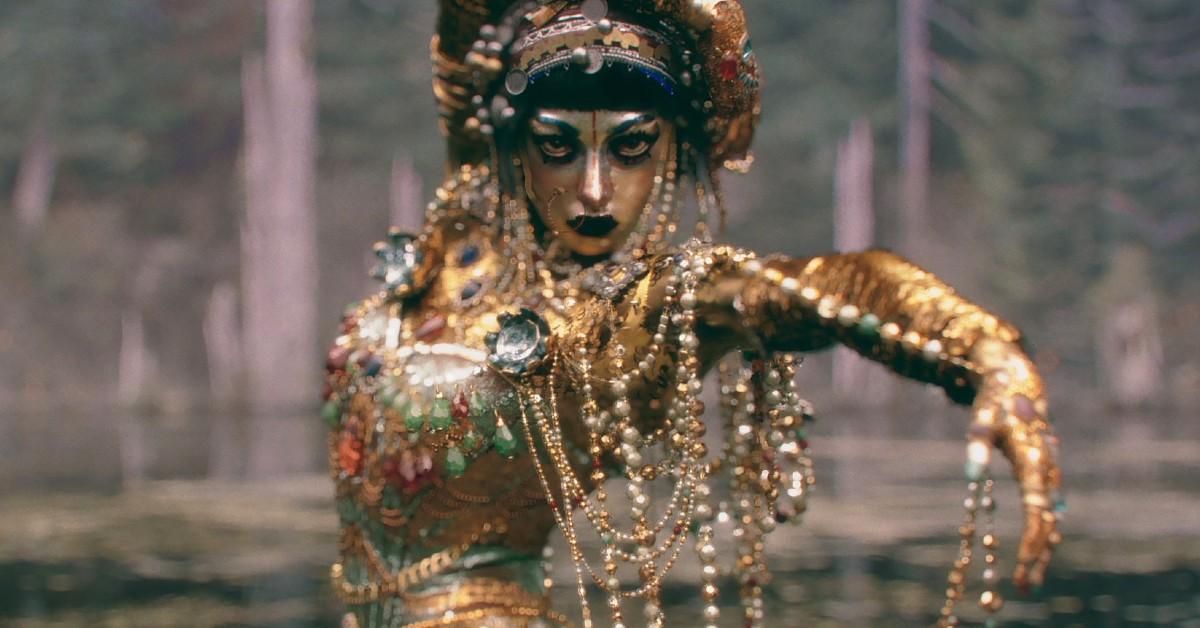I recently began a Dungeons and Dragons campaign using the PSYCHOPOMPS setting with several of my friends. While we have played prior to this, their grasp of the rules and general concepts of 5th edition is fraught and I felt it best that I supervised character creation. Furthermore, the nature of the setting I intended to use and the changes to the rules I would make meant that some degree of explanation was in order. So we arranged a Session 0 to get together and create characters, as well as establish a basic understanding of the world they are about to play in.
Firstly, when it came to establishing the world and giving them an idea of the kind of campaign I was to be running, I found that describing it using historical culture and time periods was the most useful. Especially since we were all Singaporean, it was a lot easier for them to imagine the sort of culture that would be commonplace in PSYCHOPOMPS. The early Twentieth Century was a little more difficult to picture and I had to place it in context for a little better understanding. As PSYCHOPOMPS draws a lot from several niche interests of mine, it was difficult for me to convey the tone and aesthetic of the setting without resorting to referencing these media and leaving them lost. We did eventually get to a common understanding which set the stage for character creation.
Character creation was done separately, using Zoom breakout rooms. This was an interview of sorts, a short discussion of the types of characters that they would ultimately be playing and me providing some advice on how to functionally implement it in the mechanics of the game.
DA wanted to create a stealth assassin damage-dealing character, perhaps drawing from his understanding of MOBAs and the specific team roles. He is one of the player that is most new to the game of Dungeons and Dragons so it was interesting to see how he viewed certain character archetypes and roles. He decided on an Asura Rogue in the end. (I'm actually quite shocked that there were as many of the party that wanted to play the custom races that I had devised. As one player had mentioned, "you can play a zombie, robot, bugman or human").
A is a returning player from my previous campaign and perhaps the most invested in the lore and history of their previous characters. I had mentioned earlier that their prior campaign was set in the same world, just a few centuries ago, way before the apocalypse. This meant that she wanted to create a character that had investigative abilities and could explore the world at large to see how it changed. She decided on a Ghoul Ranger.
S is another returning player who might be the most experienced in the game, seeing as she had played in other campaigns as well. She was most excited to role play and mentioned wanting to play a Barbarian as she had been playing wizards all this time. She felt drawn to the Deva, particularly the specifically non biological physiology that would lead to roleplaying opportunities. She settled on a Deva Barbarian and specifically requested that it be a secret. (Unfortunately, during the very communal filling in of the character sheet I had accidentally let this secret slip. S if you ever read this, I'm really sorry).
DE comes from my previous campaign as well but is still a bit unfamiliar with the game in general. He came into this character discussion with a very strong concept however, and this allowed us a lot of fruitful characterisation. He specifically wanted a character that represented a certain type of asian parent, a disapproving father-in-law. He wanted to play a Bard and reflavour all its magical abilities as his minor manipulations and scoldings spurring the party to do better, basically making his version of the Bard a purely nonmagical motivational speaker. He also wanted to explore certain elements of nationality and citizenship, so he decided to play as a human who was born outside of Liurza and then raised within it. In the end. we finally settled on his Human Bard (whom I affectionately nicknamed "Gaslight Grandpa").
E came in late to the meeting and so I had to explain the setting to him privately. He was excited by the concept and was drawn to my drawing of the Deva. He asked about the needs of the group and I mentioned that they had all picked classes that were relatively easy to kill so another melee combatant would be great. To differentiate him from S, I suggested he play a Fighter, one that could wield guns in combat like the Terminator. He was very much agreeable to this and thus he decided on a Deva Fighter.
X had actually texted me before this session 0 with his character ideas so we did those beforehand. X was definitely the most knowledgeable of all my players and specifically was interested in optimising his character. He wanted to play a specific type of magic-user and we brainstormed for a bit before finally deciding. He was an interesting person to create a character with as he focused a lot on the mechanics of the game itself, so much of our discussion was based on characterisation and flavour. He settled on a Human Warlock and we finalised elements of his backstory on that same day.
We ended with character relationships and filling in the character sheets.
A few lessons I've learnt:
1- My player were much more willing to play the more monstrous races I had created which was a bit of a shock to me. They had been such a big fan of the Elves from standard DND that it seemed like they wouldn't have been interested in my less traditionally "pretty" races. I am quite grateful that they were willing to explore what I think are really interesting races.
2- There were fewer magic-users than I expected. Among a group of 6 players, only one wanted to play a magical class. This could have something to do with the fact that managing and choosing spells was a struggle for many of them in my previous campaign and the fact that only X, who studies dice probabilities and puts his spells in a spreadsheet, picked a magical character seems to confirm this. This works well for the gritty, horror setting that I had intended and the worries I had of magic breaking immersion and the setting are slightly lessened.
3- It was particularly frustrating to coordinate the process of mechanically creating 6 characters with people who had not refreshed themselves on the rules of the game. X was the only one I could trust to do it independent of my help and the rest of them definitely did not subvert my expectations. It will now be a policy at my table that all players must be familiar with the basics of the game, the standard terms and their character abilities. I was a bit disappointed, considering that I was only running 5e on their request and they had not even taken the effort to learn it.
4- Creating character relationships was a really fun exercise. An issue I had with the previous game was that the players started to have conflicts and issues with one another as their characters wanted to do drastically different things and had no incentives towards staying together as a party. This could be said to be an issue with the players involved but I felt that by doing this, we could mitigate some of those issues. Creating character relationships allowed all of them to start tangentially related and flesh out some elements of their backstory as a prompt. The party basically centers around two figures, A and DE's characters, with the rest a combination of stalkers and drinking acquaintances.
I am excited for our first session of actual play, where I can perhaps test the setting even more.


.jpg)





